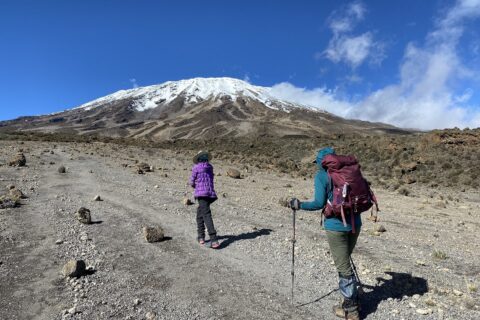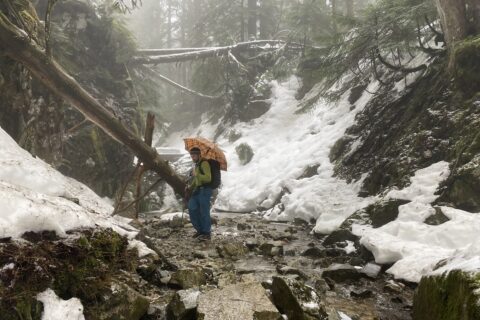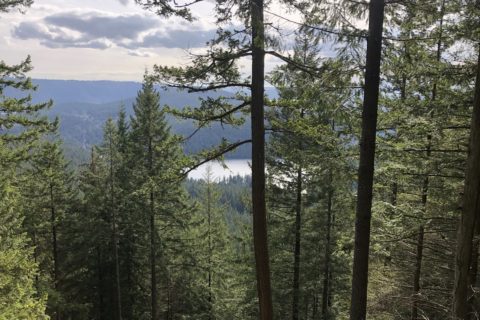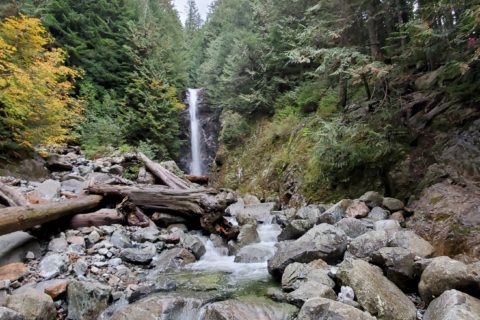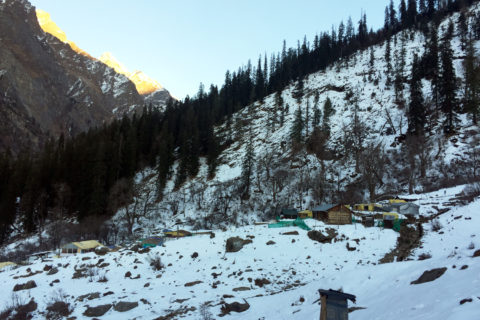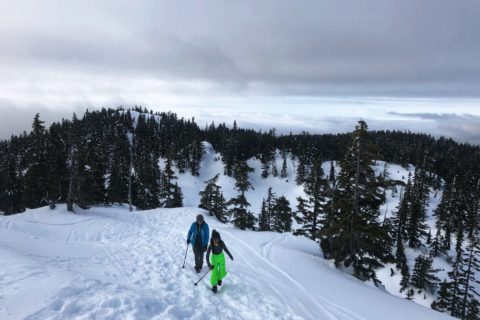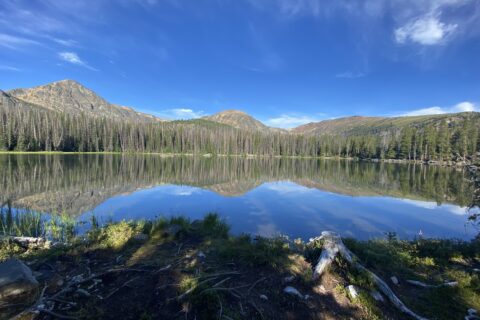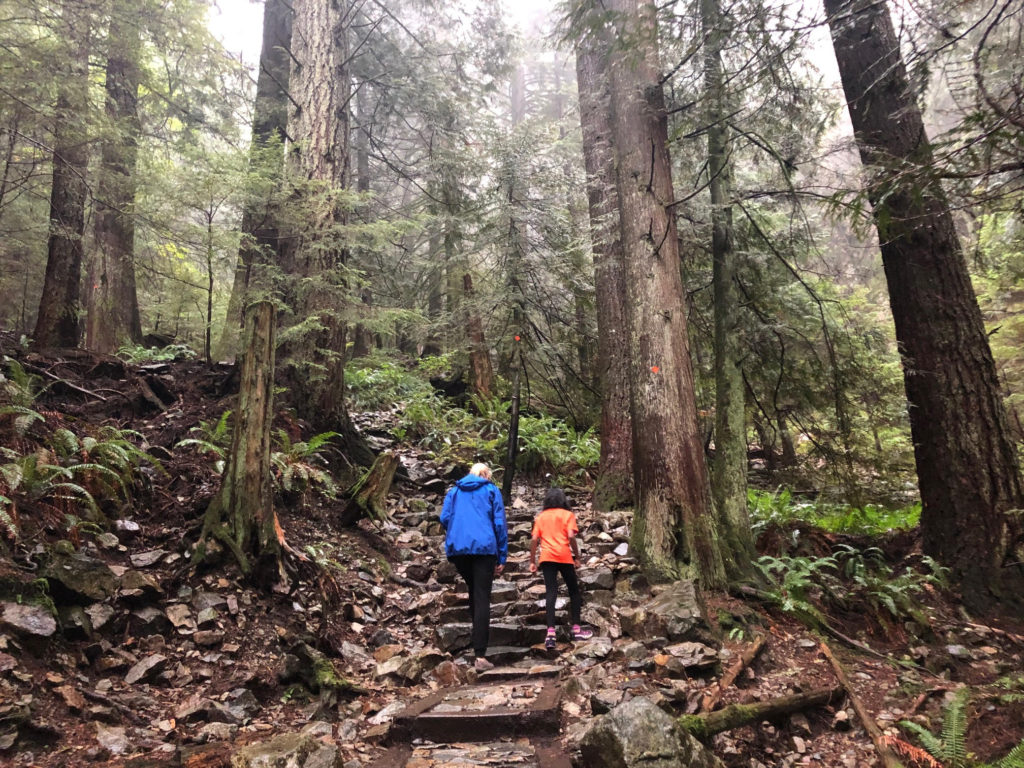
September 30 was Orange Shirt Day and also the first National Day for Truth and Reconciliation. The day honours the lost children and survivors of residential schools in Canada. I organized a hike with B.C. Mountaineering Club to increase awareness about this day and support the reconciliation process.
Five other BCMC members signed up for the hike. It rained heavily late in the afternoon, and it was 4:30 pm by the time we all got together. BCMC trail was closed due to flooding, so we ended up going up the Grouse Grind.
We had quite a diverse group for the hike, and even with the downpour, everyone was super excited for the hike. Before the hike, I had sent out some information (shared in the post below) in preparation for this event from the trip’s planning forum. Then, before starting the hike, we discussed why we were doing this hike and Orange Shirt Day’s significance.
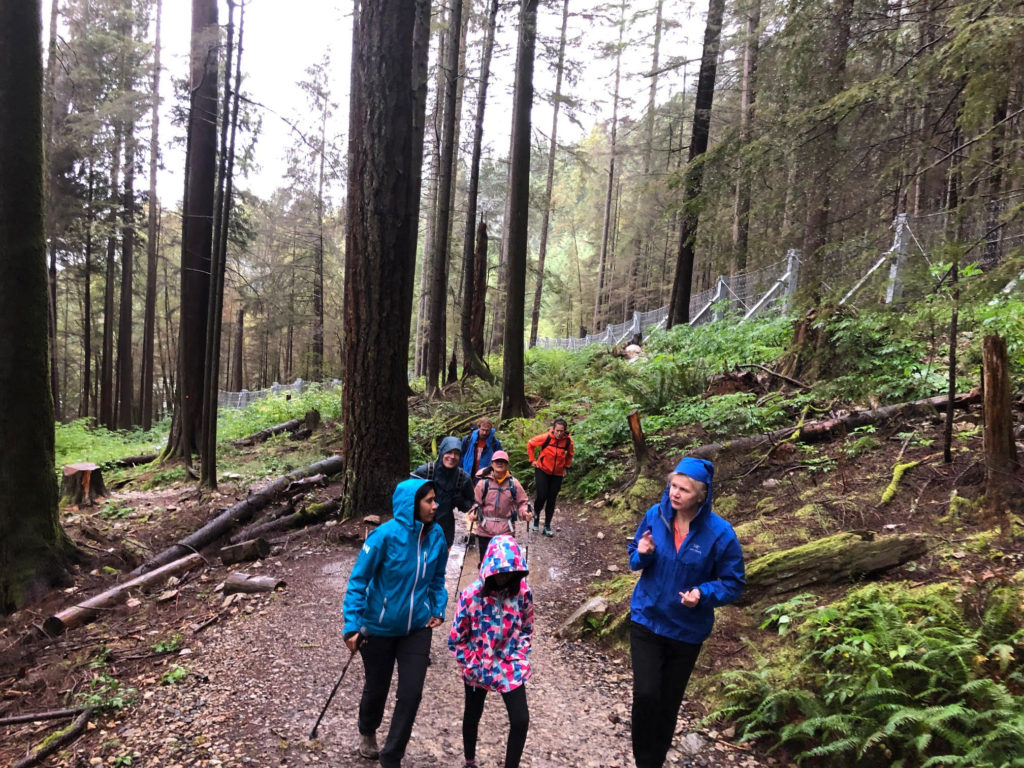
What is Reconciliation?
“…reconciliation is about establishing and maintaining a mutually respectful relationship between Aboriginal and non-Aboriginal peoples in this country. In order for that to happen, there has to be awareness of the past, acknowledgement of the harm that has been inflicted, atonement for the causes, and action to change behaviour.”
Source: Honouring the Truth, Reconciling for the Future. Summary of the Final Report of the Truth and Reconciliation Commission of Canada
The first step towards reconciliation is awareness. I plan to share what I have learned through this post, and I hope it will help you in your reconciliation journey.
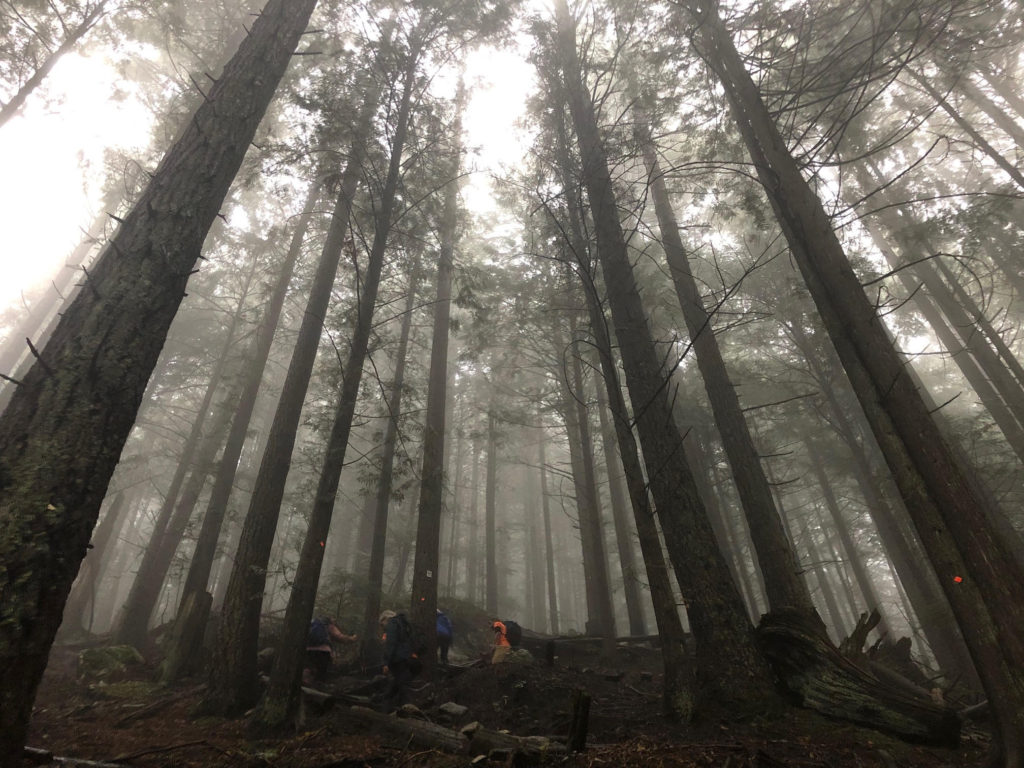
Orange Shirt Day
As per canada.ca‘s page –
“Orange Shirt Day is an Indigenous-led grassroots commemorative day that honours the children who survived residential schools and remembers those who did not.”
Watch the video below where Phyllis Webstad shares her story and the origin of Orange Shirt Day.
Territory Acknowledgement
I think I first heard a territory acknowledgement on Grouse Mountain Skyride (not sure if it is still done as I didn’t hear it yesterday). It is an acknowledgement by an organization that they live/operate in a place that belongs to indigenous people.
Mount Seymour has an acknowledgement page, and many other organizations do this acknowledgement at the beginning of an event. But, as Hayden King highlights in this interview, most of these statements are superficial, and there are no obligations beyond the acknowledgement. The video below captures this fact very well –
With that in mind, I decided to add a personal obligation to the territory acknowledgement that I would write for this BCMC hike. So my first task was to know indigenous territories where North Vancouver is located, specifically Grouse Mountain. I used Native-Land, and here is the result –
I looked at other examples of territory acknowledgements and finally came up with this for the hike –
I would like to acknowledge that BCMC hike we did is on the unceded territory of the Coast Salish peoples, including the territories of the xʷməθkwəy̓əm (Musqueam), Skwxwú7mesh (Squamish), and Səl̓ílwətaʔ/Selilwitulh (Tsleil-Waututh) Nations. I commit to learning about Indigenous peoples and issues and making reconciliation an ongoing effort.
This website helped me find the pronunciations of the indigenous names.
xʷməθkwəy̓əm (Musqueam) pronounced as mus–kwee–um
Səl̓ílwətaʔ/Selilwitulh (Tsleil-Waututh) pronounced as tSLAY-wah-tooth
Residential Schools
Earlier this year, the news about the remains of 215 children found buried at a former B.C. residential school shocked Canada. It was a shocking discovery for many Canadians. But, for the indigenous communities, it was a confirmation of what they had known for a long time.
Here is an overview of the Indian Residential School System (source) –
- The goal of Indian residential schools was to assimilate Indians into society.
- The Canadian government operated Indian residential schools in partnership with the Anglican, Catholic, Methodist, and Presbyterian churches, among others.
- The Canadian government was financially responsible for Indian residential schools.
- Indian residential schools operated in all Canadian provinces and territories except Prince Edward Island, New Brunswick, and Newfoundland.
- Indian residential schools operated in Canada between the 1870s and the 1990s.
- The last Indian residential school closed in 1996. · Children between the ages of 4-16 attended Indian residential schools.
- It is estimated that over 150,000 Indian, Inuit, and Métis children attended Indian residential schools.
There is a dark side to Canadian history, and we need to confront it. It might be uncomfortable but essential to make any meaningful progress in reconciliation with indigenous communities.
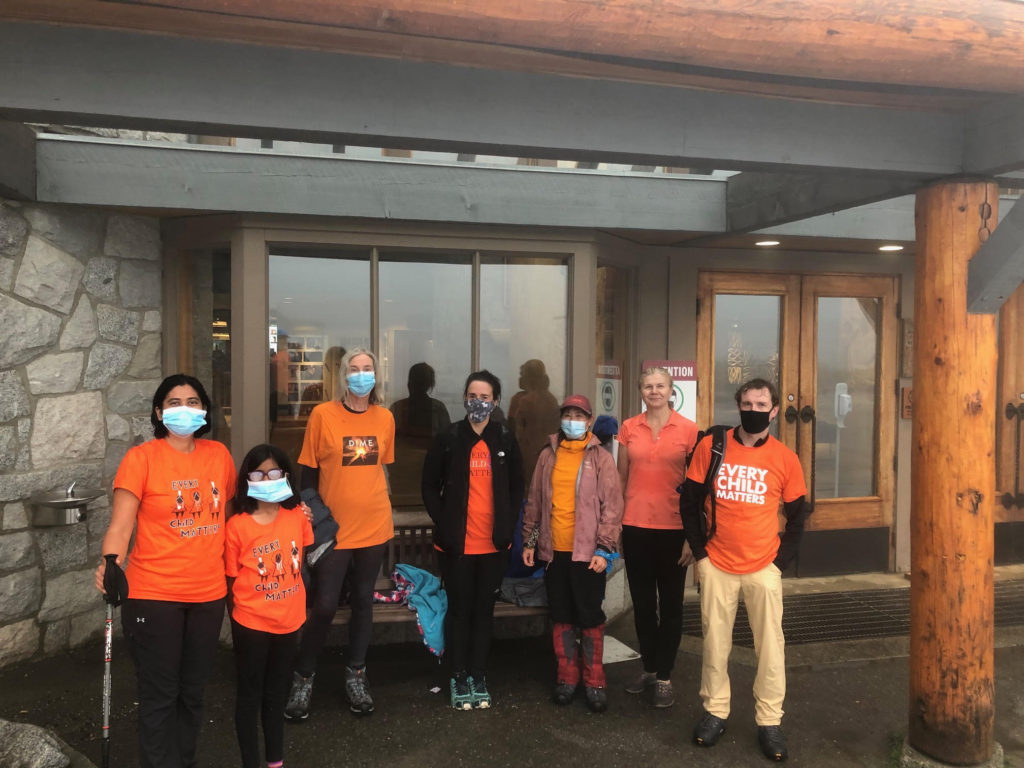
I commit to including territory acknowledgement in every post related to Canada and making sure I use indigenous peak/mountain names if they are known. I will also continue to learn more about indigenous people and encourage my family, friends, employer and others in the community to make reconciliation an ongoing effort.
Resources:
Indigenous Community Websites: Squamish | Musqueam | Tselil-Waututh
Orange Shirt Day: Official Website
National Day for Truth and Reconciliation: Canada.ca
Residential Schools: Timeline | Booklet
Learn More: University of Alberta Online Course | The Canadian Encyclopedia | Truth and Reconciliation Commission of Canada Reports
Free Ebooks: Indigenous Corporate Training
Disclosure: The links I have shared in the post and under the Resources section are not affiliate links.
Did you enjoy reading this post? Please subscribe to get weekly updates. Please share your feedback in the comments section below. Thank you!


